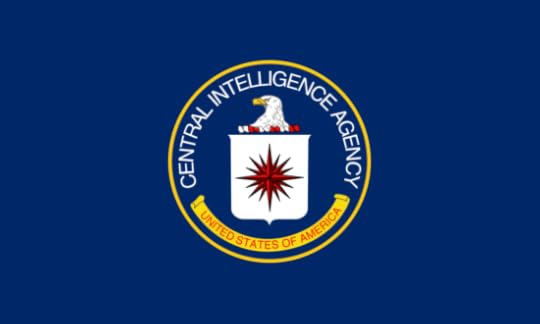An Overview of the Central Intelligence Agency
“We’re looking for a diversity of people for the important job of keeping America safe.”
The above quote is from the Careers and Internships page of the CIA’s website.
“Safe from who?” you might ask.
I’d tell you, but then I’d have to kill you.

In the mainstream media, the Central Intelligence Agency (or CIA for short) is always related to every international mystery, espionage activity, assassination plot, and several high security operation that take place in different locations all over the world. We see TV shows and movies like Homeland, Alias, and Once Upon a Time in Mexico as well as books like The Bourne Identity, Hunt for Red October, and Tinker, Tailor, Soldier, Spy that highlight (and exaggerate) the missions and operations that the men and women of this government agency do on a day-to-day basis. But who or what exactly is the CIA? Why does it lend such a sinister and foreboding feel when injected in political discussions about South American, Middle Eastern, or former Soviet and communist governments? Why do some people wear tin foil hats and blame them for the death of John F. Kennedy, Malcolm X, and Che Guevarra? Let us take a quick look into its origin and current function in order to find out.
According to the CIA’s About page, it was created in 1947 when then President Harry S. Truman signed the National Security Act. But why was the National Security Act written in the first place? Some say it was prompted into action by the attack on Pearl Harbor. Some say that there was a need to create a group to coordinate government intelligence efforts. However, it was even before the way that the United States, under President Franklin D. Roosevelt, was planning on creating an intelligence agency that coordinated the intelligence from the State Department and the War Department. With that in mind, he asked a particular colonel called William “Wild Bill” Donovan to create an intelligence service modeled on the British Secret Intelligence Service (MI6). Wild Bill then came up with the Office of Strategic Services (OSS) but was dissolved by President Truman after the end of WWII in favor of a reorganization that explored a proper relationship between clandestine intelligence collection and covert action like paramilitary and psychological operations. The National Security Act of 1947 was a major restructuring of departments, and from this emerged the CIA whose function was to serve as a peacetime intelligence agency—a first in the United States. It is important to know that this act, as well as the Truman Doctrine and the Marshall Plan were part of the Truman administration’s Cold War strategy, which is why the CIA figures into several events during that period and was a great looming character in many works of fiction.
The National Security Act also created the position of Director of Central Intelligence (DCI) to serve as the head of the United States intelligence community, act as the principal adviser to the president for intelligence matters related to national security, and serve as the head of the Central Intelligence Agency. But due to the Intelligence Reform and Terrorism Prevention Act of 2004 circa President George W. Bush and post 9/11, the DCI now reports to the Director of National Intelligence (DNI). The DNI serves to lessen the load by assuming some of the roles formerly fulfilled by the DCI.
The CIA lists its (very vaguely worded) functions on its site, but its main function is to assist the DCI. To do this, the CIA “engages in research, development, and deployment of high-leverage technology for intelligence purposes.” For what purpose, we cannot begin to fathom, but going back to its recruitment tagline, it is presumably to keep America safe—even from itself (at least, that’s according to many conspiracy theorists). It is a separate agency that serves as an independent source of analysis on topics of concern while working with other intelligence organizations to give Washington or any other person of power involved the best intelligence possible. Perhaps information would be a more appropriate word, as some people who are at the receiving end of the data make unintelligent decisions.
I have scoured their website, and it is so difficult to find a straightforward answer. I’m pretty sure that whoever wrote this is a master spy/agent/spin doctor. However, we can only wonder about their goals and activities, but one thing I’m definitely sure of is that these musings and speculations about their cloak-and-dagger activities make for really great fiction.
Visit my blog next week to find out more about the functions of the Central Intelligence Agency.
Reference
Central Intelligence Agency. 2017. “About CIA.” Last modified April 9, 2013. Accessed on March 7, 2017. https://www.cia.gov/about-cia.
The post An Overview of the Central Intelligence Agency appeared first on The Wayfarer.



